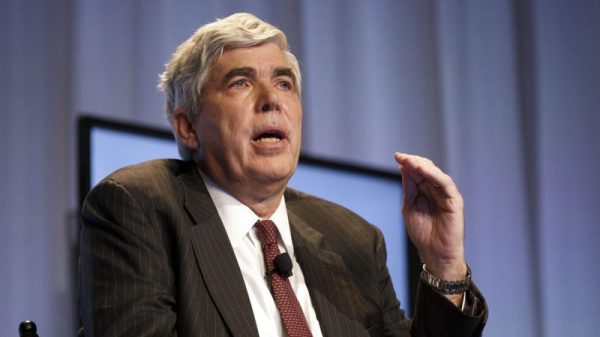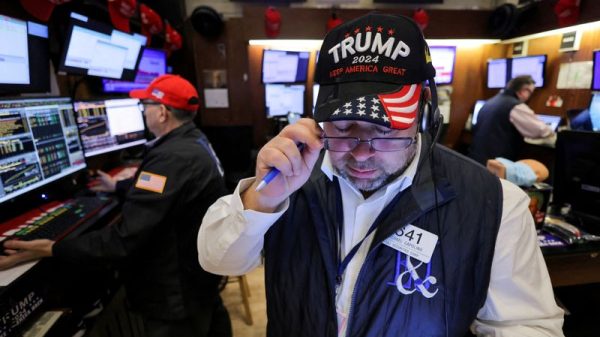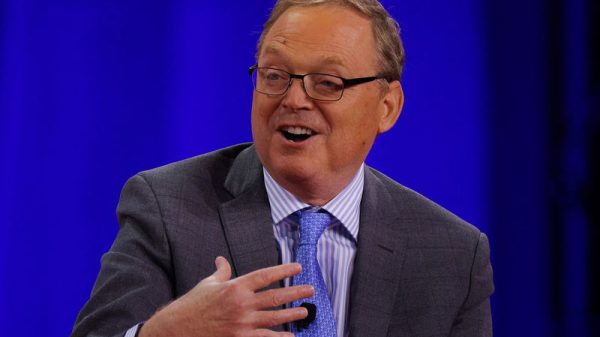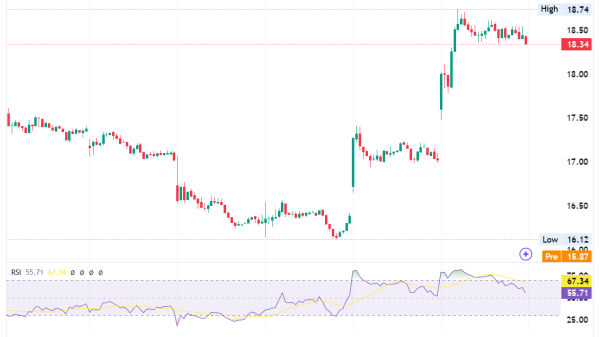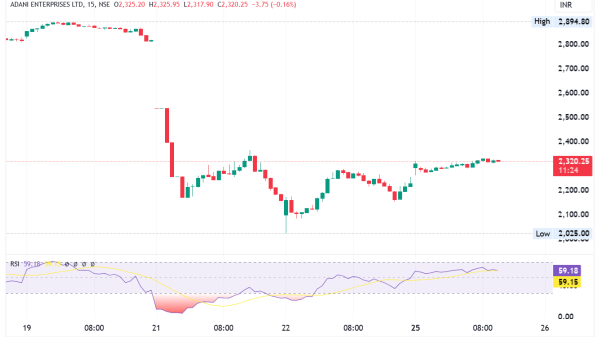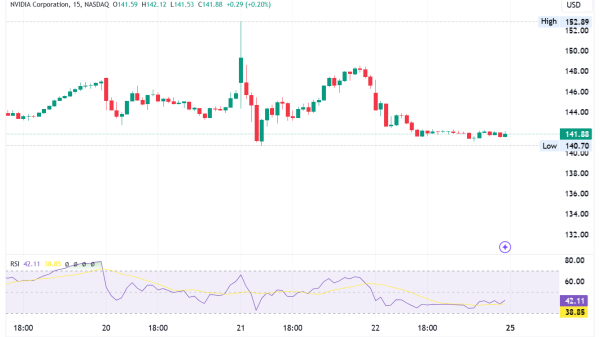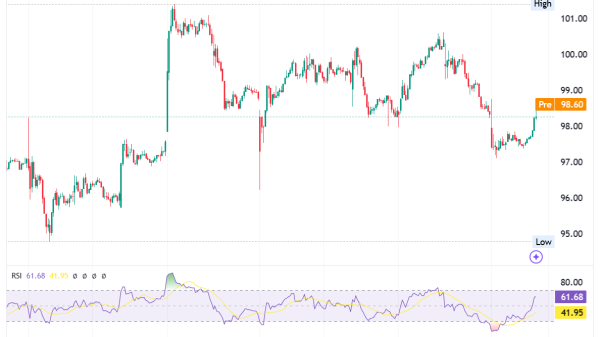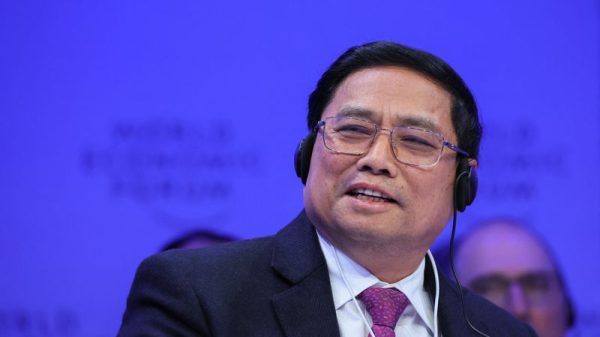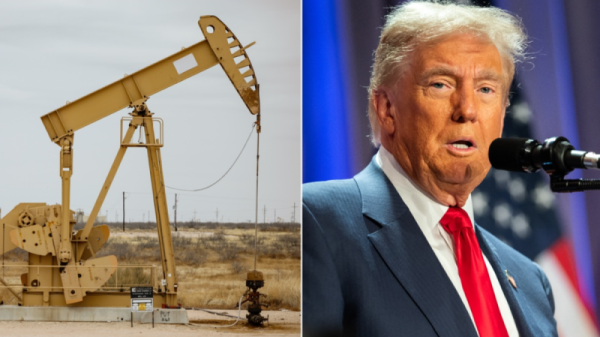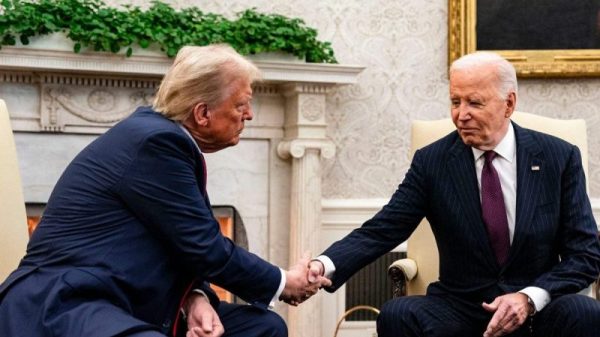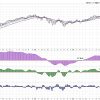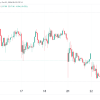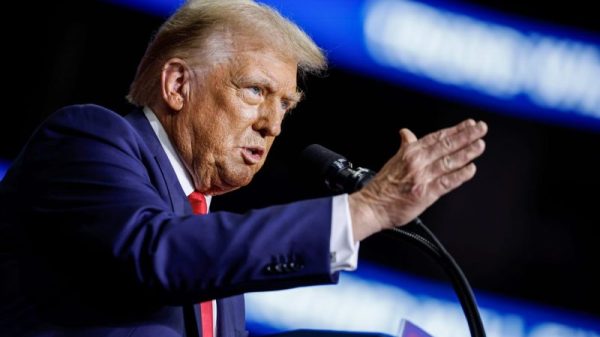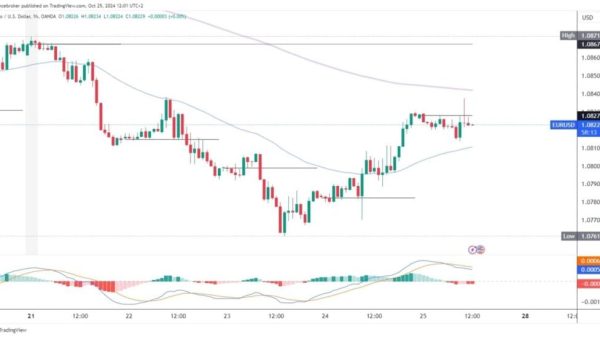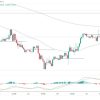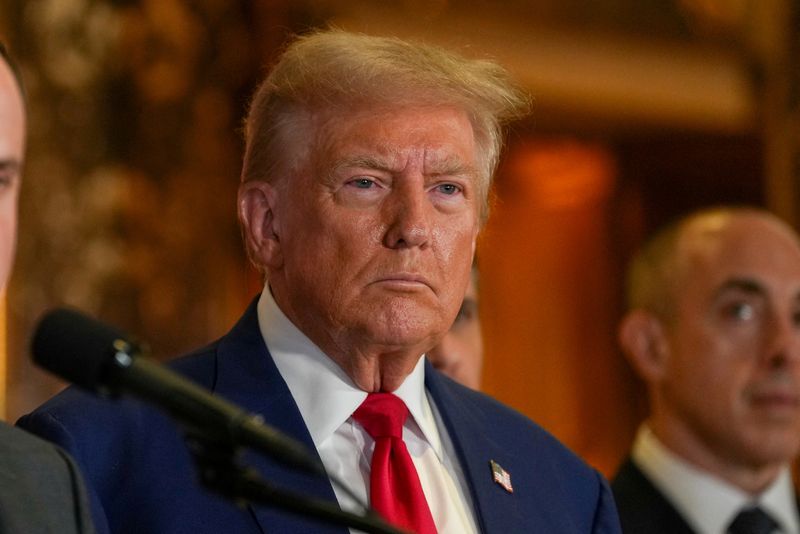
By Joe Cash
BEIJING (Reuters) – China’s state media shrugged off U.S. President-elect Donald Trump’s pledge to slap additional tariffs on Chinese goods in editorials late on Tuesday, accusing the former president of blaming China for the country’s failure to address the fentanyl crisis.
Trump, who takes office on Jan. 20, said on Monday he would impose “an additional 10% tariff, above any additional tariffs” on imports from China. He previously said he would introduce tariffs in excess of 60% on Chinese goods.
The tariff threat is rattling China’s industrial complex, which sells goods worth more than $400 billion annually to the U.S. and hundreds of billions more in components for products Americans buy from elsewhere.
Economists have begun downgrading their growth targets for the $19 trillion economy for 2025 and 2026.
Editorials in Chinese communist party mouthpieces China Daily and the Global Times focused squarely on the reason Trump gave for imposing the tariffs: fentanyl.
“Scapegoating others can’t end U.S.’ drug crisis,” read the headline of a China Daily editorial on Tuesday, while the Global Times urged the “U.S. not to take China’s goodwill for granted regarding anti-drug cooperation after Trump’s remarks.”
“The excuse the president-elect has given to justify his threat of additional tariffs on imports from China is farfetched,” China Daily said. “The world sees clearly that the root cause of the fentanyl crisis in the U.S. lies with the U.S. itself,” it added.
“There are no winners in tariff wars. If the U.S. continues to politicise economic and trade issues by weaponising tariffs, it will leave no party unscathed.”
Trump’s team maintains China is “attacking” the U.S. with fentanyl.
China is the dominant source of chemical precursors used by Mexican cartels to produce the deadly drug. Trump on Monday also pledged 25% tariffs on goods coming from Mexico and Canada until they clamp down on drugs and migrants crossing the border.
Trump is threatening Beijing with far higher tariffs than the 7.5%-25% levied on Chinese goods during his first term.
S&P Global on Sunday lowered its growth forecast for China for 2025 and 2026 by 0.2 and 0.7 percentage point, respectively, to 4.1% and 3.8%, citing the impact Trump’s tariffs could have.
“What we assumed in our baseline is an across-the-board increase from around 14% now to 25%. Thus, what we assumed is a bit more than the 10% on all imports from China,” said Louis Kuijs, Chief Asia Economist at S&P Global Ratings.
“For now the only thing we know for sure is that the risks in this area are high.”


